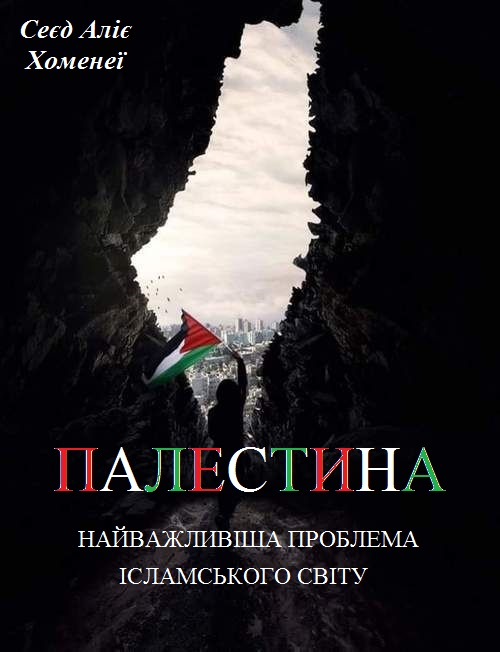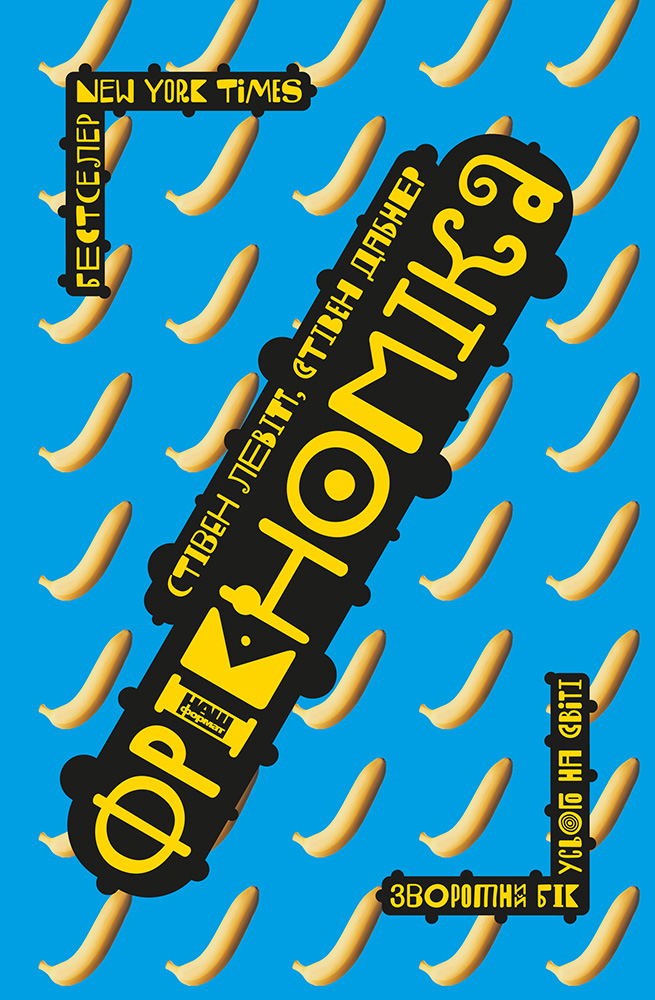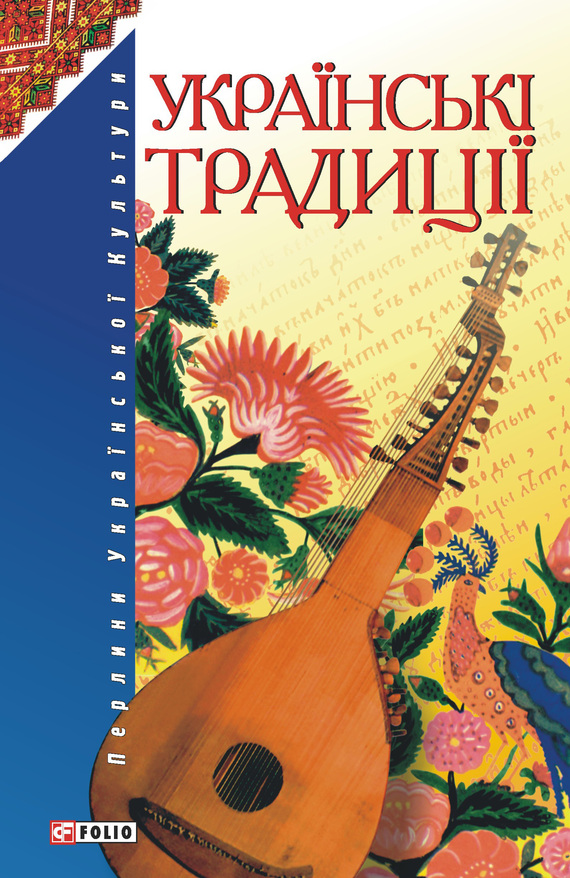Читати книгу - "Genghis Khan and the Making of the Modern World"
Шрифт:
Інтервал:
Добавити в закладку:
In evolutionary theories of race and retardation, the scientific community supplied hard and supposedly dispassionate evidence of what political demagogues and newspaper editors of the nineteenth and early twentieth centuries called the Yellow Peril. Because many East Asian nations proved reluctant to accept Western colonization, the colonial Europeans heaped increasing invectives on them. Although the fear of the Yellow Peril applied to any group such as Filipinos and Koreans, it focused on the two major dangers of China and Japan. As Japan industrialized and built a large army, and as China continued to rebuff colonization or coerced conversion to Christianity, the Asians became enemies in the public perceptions of the West.
Throughout the nineteenth century, fear of Asians mounted in Europe; it can be clearly seen in a poem that Russian symbolist poet Vladimir Sergeevich Soloviev wrote in 1894, entitled simply “Pan Mongolism.” The threat of China and Japan to the values of modern civilization were, in his eyes comparable to the era of Genghis Khan when “from the East an unknown and alien people” attacked and destroyed civilization. The same thing was happening again today: “A swarm of waking tribes prepares for new attacks. From the Altai to Malaysian shores/the leaders of Eastern isles/have gathered a host of regiments/by China’s defeated walls./Countless as locusts/and as ravenous,/shielded by an unearthly power/the tribes move north.” Soon “your tattered banners” will be “passed like toys among yellow children,” he warns his readers. “Pan Mongolism! The name is monstrous.”
In the intervening years since the Renaissance and the Mongol Empire, Genghis Khan had been degraded to the lowest level of human history. In its newfound colonial power and its self-imposed mission to rule the world, modern Europe had no room for Asian conquerors. Christian colonialists and Communist commissars alike sought to rescue the Asians from the horrible legacy of barbarian dictatorship and bloodthirsty savagery imposed upon them by Genghis Khan and his Mongol hordes. The focus on the Mongols as the source of Asian problems, and therefore the rationale for European conquest of them from Japan to India, developed as an integral theme in the ideology of European conquest and colonization. The supposed horrors of Genghis Khan and the Mongols became part of the excuse for rule by the more civilized English, Russian, and French colonialists.
In direct opposition to the European scientists and politicians, the victims of this ideology, Asian intellectuals and activists, found a new hero in Genghis Khan. Across Asia, from India to Japan, the new generation of twentieth-century Asians, wishing to free themselves from European domination, found inspiration in Genghis Khan and the Mongols as the greatest Asian conquerors in history and a vivid counter to the doctrines of European superiority. In part because the Europeans, including the Russians, had so vehemently attacked and thoroughly discredited the memory of Genghis Khan and his role in world history, an increasingly large cadre of Asian political activists turned to his memory for guidance and as a way to rebuke the powers and values of the West.
One of the first to reevaluate Genghis Khan was an unlikely candidate: peace advocate Jawaharlal Nehru, the father of Indian independence. As he sat isolated in a prison cell on New Year’s Day, 1931, he received word that British colonial authorities had just arrested his wife and incarcerated her in another prison, and that according to the newspapers, she had been mistreated. Knowing that their thirteen-year-old daughter Indira, who would herself grow up to become the prime minister of India, would be quite afraid and depressed, particularly since she could see her parents only once in two weeks, Nehru began writing a series of long letters to explain history to her as an antidote to what she had learned in colonial schools. Over the next three years, he wrote these letters of four or five pages almost daily; in them, he attempted, despite his Western education, to understand the place of his country of India and his continent of Asia in world history. It was his way to “dream of the past, and find our way to make the future greater than the past.” As he wrote to her in the first letter, “It would be foolish not to recognize the greatness of Europe. But it would be equally foolish to forget the greatness of Asia.”
One of his intellectual tasks as an Asian man and scholar was struggling to understand the historical role of Genghis Khan, whom the West had used in building its harsh images of Asia. By contrast, Nehru depicted Genghis Khan as a part of an ancient struggle of Asian people against European domination. In reference to the sudden appearance of the Mongols on the world scene, he wrote that “one can well imagine what the amazement of the Eurasian world must have been at this volcanic eruption. It almost seemed like a great natural calamity, like an earthquake, before which man can do little. Strong men and women they were, these nomads from Mongolia, used to hardship and living in tents on the wide steppes of northern Asia. But their strength and hard training might not have availed them much if they had not produced a chief who was a most remarkable man.” Nehru then described Genghis Khan as “a cautious and careful middle-aged man, and every big thing he did was preceded by thought and preparation.”
Nehru realized that although the Mongols did
Увага!
Сайт зберігає кукі вашого браузера. Ви зможете в будь-який момент зробити закладку та продовжити читання книги «Genghis Khan and the Making of the Modern World», після закриття браузера.




